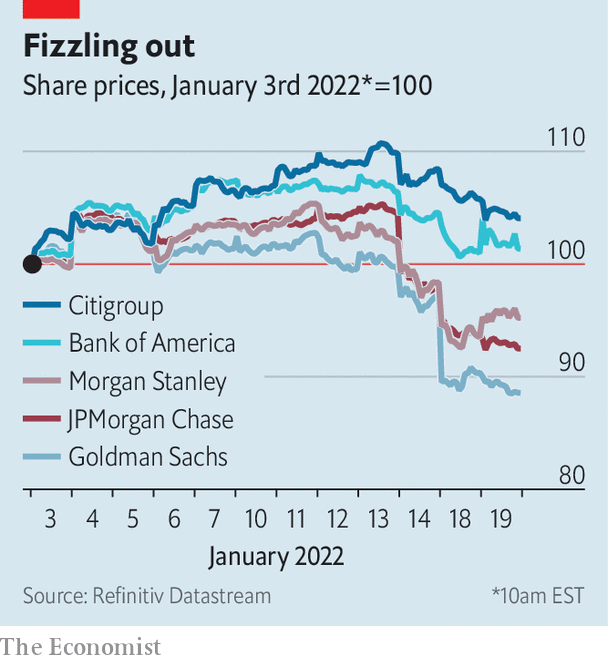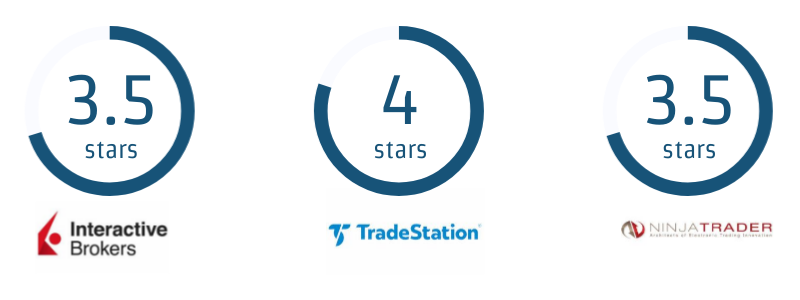
Both the issuer as well the investor need to understand the terms for bond terms. The term is the bond's defining attribute and a way to measure its value. There are many types and styles of bonds. But they all fall into one or the other of the two main categories: short-term, long-term. Short-term bonds mature in less then a year. Long-term bonds mature over many years. Both types offer similar features, but the duration of a bond will affect its price sensitivity to changes in interest rates.
A bond is a written agreement between a borrower and an issuer. It outlines the obligations of the issuer, and typically includes the name of the trustee. The indenture may also contain security agreements. These could include an insurance company's guarantee of repayment. In addition, the issuer must hold certain property or other assets to ensure that the bond issuer pays off the bonds when they are due.
The benchmark is the reference point against which an interest rate is measured. This benchmark can be a monetary sum or a numerical index. The benchmark is often a Treasury security. You could also use the average coupon yield or the number issued bonds in the issue to be the benchmark.

ACCRETION refers to the process of increasing the asset's value. Accretion can be achieved by amortizing or reinvesting a portion of the principal. These are two common uses of this process: to reduce an interest expense on loans and to increase the par amount of bonds. Occasionally, accretion is an actual addition of value to the bond.
ABATEMENT refers to the reduction of an outstanding amount to an amount that can be paid immediately. This is the most commonly used form of bond redemption. The majority of bond contracts contain an acceleration provision. This allows the issuer or the bondholder to redeem a bond before its maturity date. Other provisions might include early redemption penalties, or the right to redeem a bond at a specified time.
A benchmark is an equivalent group of similar securities. For example, a bond's yield is the ratio of the interest payments to the bond value. 60 per year is the yield for a bond that has a coupon of 6 percent. The coupon rate is a percentage on the par value. Therefore, it can be expressed in spreads or spread measures.
One interesting fact about bonds is the ability of repurchasing bonds before the scheduled maturity date. The call price in most cases is higher than par. The contract can either have the bond redeemed on a date that is callable or at an accreted compounded value.

An all-or-none purchase order ensures that the buyer has all the securities available in the offering. This is usually done by buying all available bonds or bidding for the entire list. A BID WANTED refers to actively soliciting bids.
FAQ
How do I invest in the stock market?
You can buy or sell securities through brokers. Brokers can buy or sell securities on your behalf. Trades of securities are subject to brokerage commissions.
Banks charge lower fees for brokers than they do for banks. Banks will often offer higher rates, as they don’t make money selling securities.
If you want to invest in stocks, you must open an account with a bank or broker.
If you use a broker, he will tell you how much it costs to buy or sell securities. Based on the amount of each transaction, he will calculate this fee.
Ask your broker questions about:
-
You must deposit a minimum amount to begin trading
-
whether there are additional charges if you close your position before expiration
-
What happens when you lose more $5,000 in a day?
-
How long can positions be held without tax?
-
How you can borrow against a portfolio
-
How you can transfer funds from one account to another
-
How long it takes to settle transactions
-
The best way for you to buy or trade securities
-
How to Avoid Fraud
-
how to get help if you need it
-
Can you stop trading at any point?
-
What trades must you report to the government
-
If you have to file reports with SEC
-
whether you must keep records of your transactions
-
Whether you are required by the SEC to register
-
What is registration?
-
How does it affect you?
-
Who is required to register?
-
What are the requirements to register?
How Share Prices Are Set?
Investors set the share price because they want to earn a return on their investment. They want to make a profit from the company. They then buy shares at a specified price. The investor will make more profit if shares go up. If the share value falls, the investor loses his money.
An investor's primary goal is to make money. They invest in companies to achieve this goal. They are able to make lots of cash.
What is a Stock Exchange, and how does it work?
Companies can sell shares on a stock exchange. This allows investors to buy into the company. The market determines the price of a share. It usually depends on the amount of money people are willing and able to pay for the company.
The stock exchange also helps companies raise money from investors. To help companies grow, investors invest money. They buy shares in the company. Companies use their money to fund their projects and expand their business.
There are many kinds of shares that can be traded on a stock exchange. Others are known as ordinary shares. These are the most popular type of shares. Ordinary shares are traded in the open stock market. Shares are traded at prices determined by supply and demand.
Other types of shares include preferred shares and debt securities. Preferred shares are given priority over other shares when dividends are paid. A company issue bonds called debt securities, which must be repaid.
How does inflation affect the stock market?
Inflation is a factor that affects the stock market. Investors need to pay less annually for goods and services. As prices rise, stocks fall. You should buy shares whenever they are cheap.
Statistics
- Ratchet down that 10% if you don't yet have a healthy emergency fund and 10% to 15% of your income funneled into a retirement savings account. (nerdwallet.com)
- Our focus on Main Street investors reflects the fact that American households own $38 trillion worth of equities, more than 59 percent of the U.S. equity market either directly or indirectly through mutual funds, retirement accounts, and other investments. (sec.gov)
- Even if you find talent for trading stocks, allocating more than 10% of your portfolio to an individual stock can expose your savings to too much volatility. (nerdwallet.com)
- Individuals with very limited financial experience are either terrified by horror stories of average investors losing 50% of their portfolio value or are beguiled by "hot tips" that bear the promise of huge rewards but seldom pay off. (investopedia.com)
External Links
How To
How to Trade on the Stock Market
Stock trading can be described as the buying and selling of stocks, bonds or commodities, currency, derivatives, or other assets. Trading is a French word that means "buys and sells". Traders trade securities to make money. They do this by buying and selling them. This is the oldest form of financial investment.
There are many different ways to invest on the stock market. There are three types that you can invest in the stock market: active, passive, or hybrid. Passive investors only watch their investments grow. Actively traded investors seek out winning companies and make money from them. Hybrid investors take a mix of both these approaches.
Index funds that track broad indexes such as the Dow Jones Industrial Average or S&P 500 are passive investments. This type of investing is very popular as it allows you the opportunity to reap the benefits and not have to worry about the risks. You can simply relax and let the investments work for yourself.
Active investing is the act of picking companies to invest in and then analyzing their performance. The factors that active investors consider include earnings growth, return of equity, debt ratios and P/E ratios, cash flow, book values, dividend payout, management, share price history, and more. They decide whether or not they want to invest in shares of the company. If they feel the company is undervalued they will purchase shares in the hope that the price rises. They will wait for the price of the stock to fall if they believe the company has too much value.
Hybrid investing blends elements of both active and passive investing. For example, you might want to choose a fund that tracks many stocks, but you also want to choose several companies yourself. This would mean that you would split your portfolio between a passively managed and active fund.